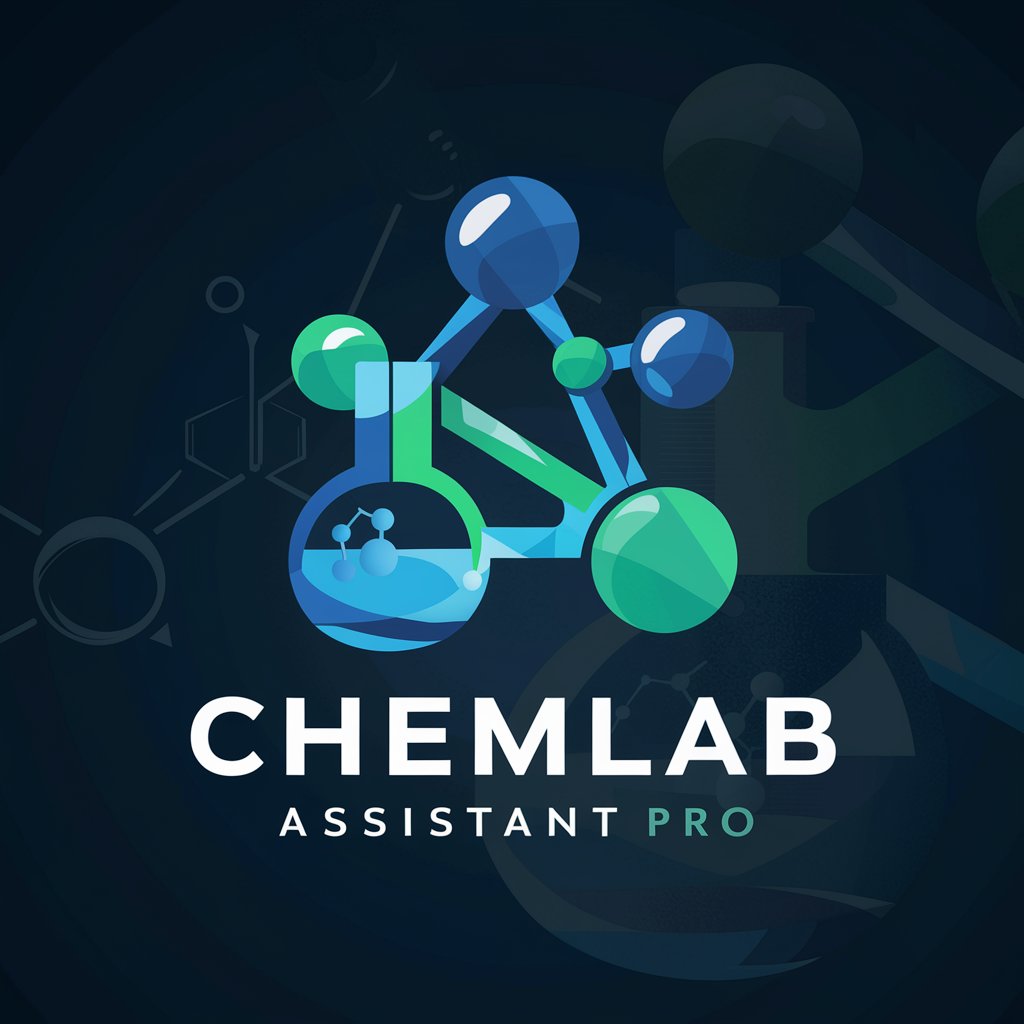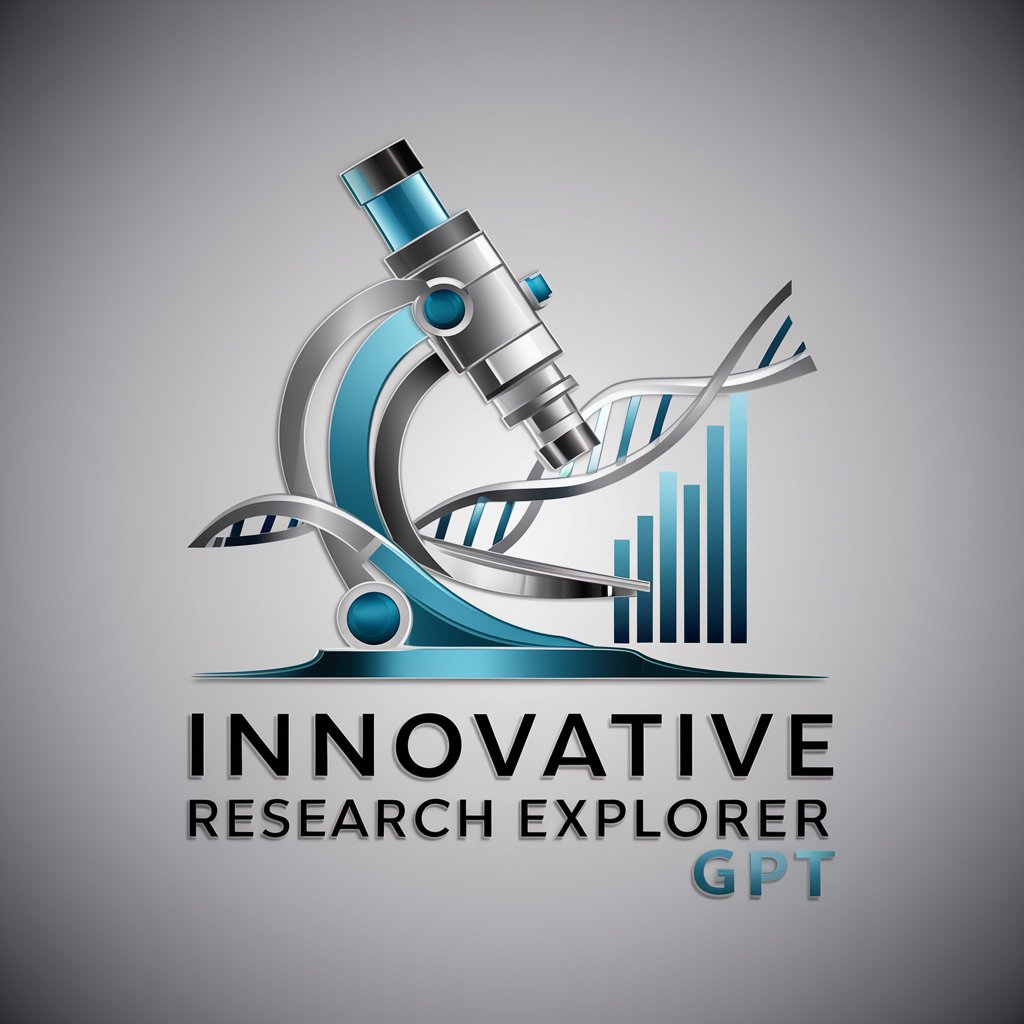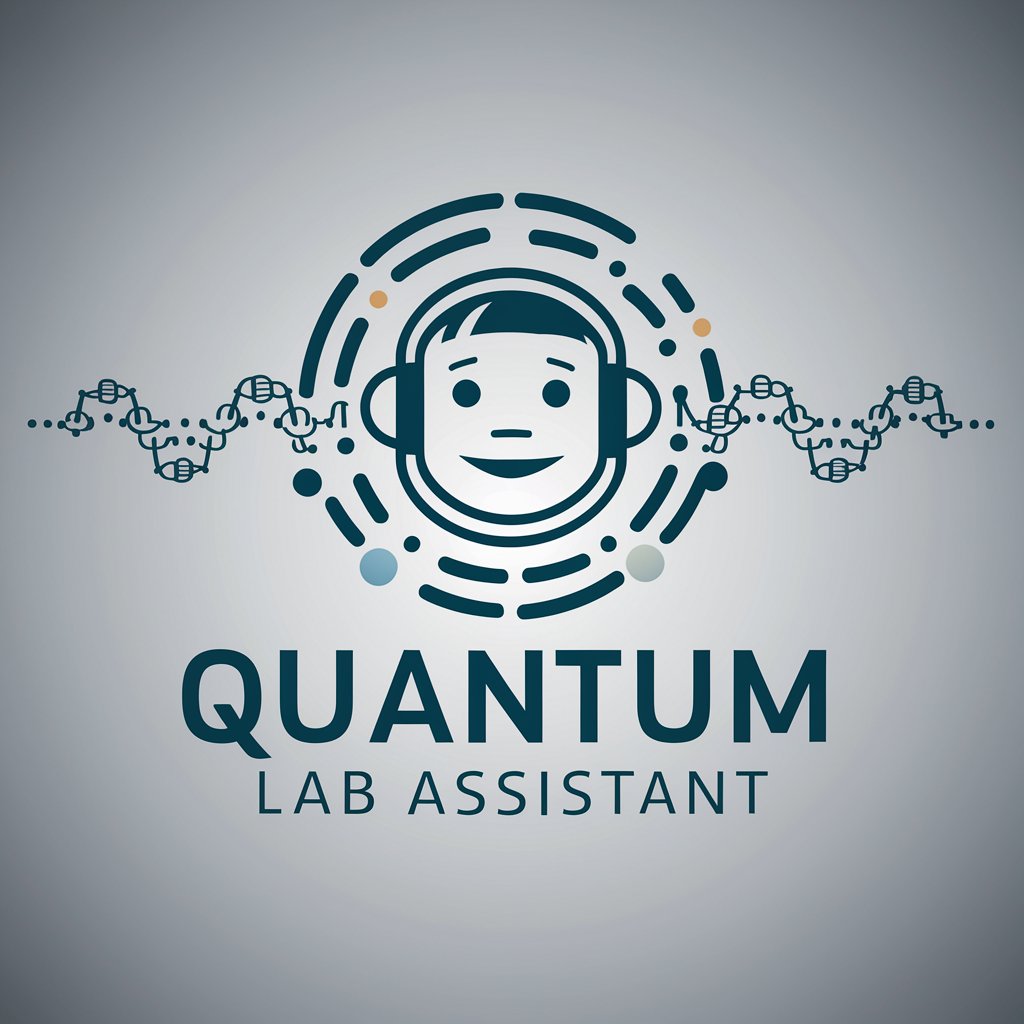
🔬⚗️ Science Lab Assistant GPT 🧪🧬 - Science Experiment Guidance
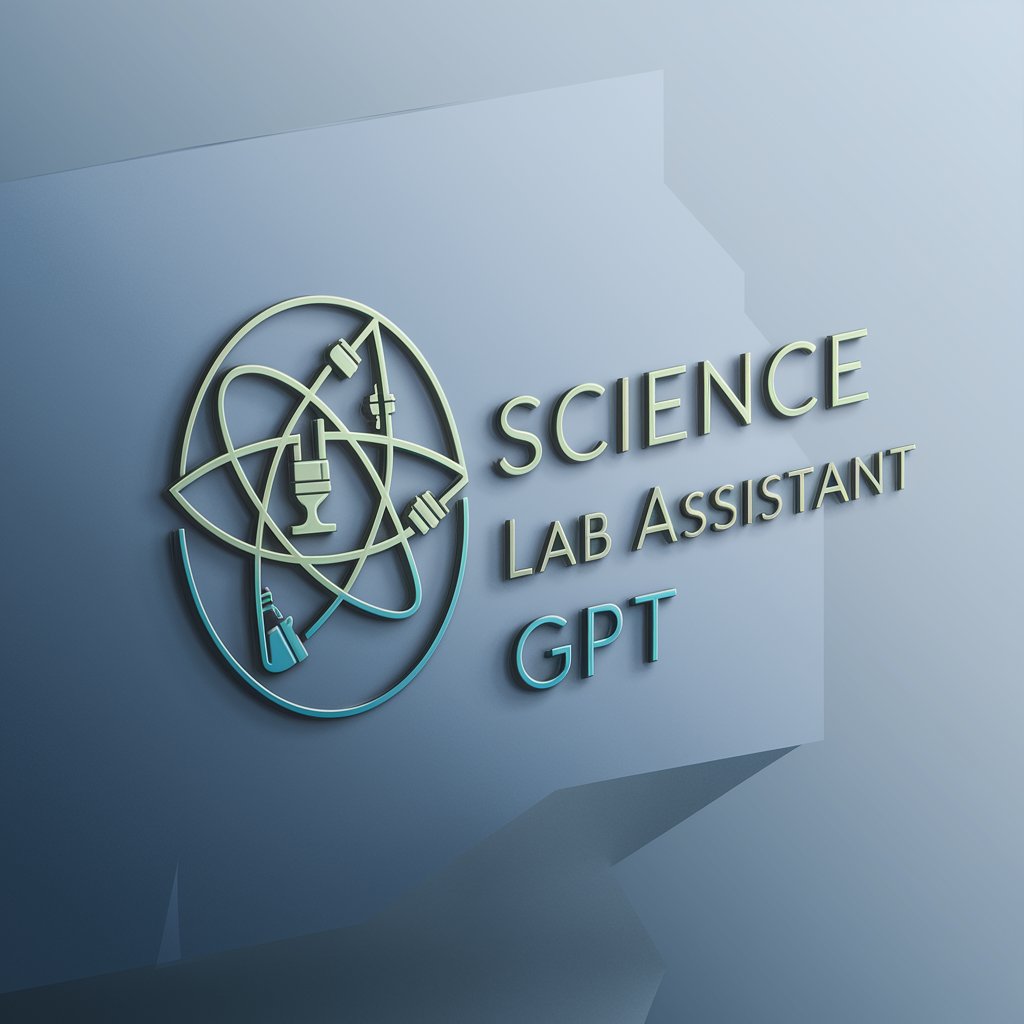
Welcome to the Science Lab Assistant GPT! Ready for some scientific exploration?
Empowering Your Lab with AI
How do I safely set up an experiment involving chemical reactions?
Can you explain the principle behind the conservation of energy?
What are the necessary safety precautions for handling acids?
How can I analyze my experiment data using Python?
Get Embed Code
Overview of Science Lab Assistant GPT
The Science Lab Assistant GPT is a specialized AI tool designed to assist in scientific experimentation and education. Its primary role is to guide users through various science experiments, providing detailed instructions, explanations, and safety precautions. It is equipped with capabilities like web browsing, DALL-E Image Generation, and code interpretation, enabling it to support a wide range of scientific activities. For example, it can generate images of experimental setups, interpret data through code, and provide clarifications on scientific concepts, thus serving as both a practical assistant and an educational resource in a science lab environment. Powered by ChatGPT-4o。

Key Functions of Science Lab Assistant GPT
Guiding Science Experiments
Example
Providing step-by-step instructions for a chemistry experiment like synthesizing aspirin, including safety measures and the scientific principles involved.
Scenario
A high school chemistry teacher uses it to demonstrate the synthesis process to students, ensuring they understand both the procedure and the underlying chemical reactions.
DALL-E Image Generation
Example
Creating visual representations of experimental setups, such as a distillation apparatus.
Scenario
A student visualizes the setup before starting an experiment, aiding in their understanding and preparation.
Data Analysis through Code Interpretation
Example
Running Python scripts to analyze experimental data, such as calculating reaction rates.
Scenario
A researcher inputs data from a kinetics experiment, and the GPT helps in processing and interpreting the results accurately.
Scientific Concept Clarification
Example
Explaining complex concepts like molecular orbital theory or enzyme kinetics in an accessible manner.
Scenario
A college student struggling with these topics receives clear, concise explanations, enhancing their comprehension for exams.
Target Users of Science Lab Assistant GPT
Education Sector
Teachers and students in schools and universities benefit from this GPT by getting assistance in conducting and understanding experiments, which enhances the learning process.
Research and Development
Researchers and scientists can utilize this tool for designing experiments, analyzing data, and gaining insights into complex scientific phenomena, thereby accelerating their research.
Hobbyists and Science Enthusiasts
Individuals with a keen interest in science can use this GPT to explore various experiments and concepts safely at home, fostering their curiosity and knowledge in science.

How to Use the Science Lab Assistant GPT
1
Start with a free trial at yeschat.ai, no signup or ChatGPT Plus required.
2
Identify the science experiment or concept you need assistance with.
3
Ask specific questions or describe the experiment setup you're planning to use.
4
Utilize the provided safety guidelines for conducting experiments.
5
Explore additional features like image generation for experiment setups and code interpretation for data analysis.
Try other advanced and practical GPTs
🔢✨ Math Whiz Solver GPT 🚀
AI-powered Math Learning Companion

✍️🎓 Ultimate Essay Assistant 📚🖋️
Empowering Your Writing with AI

📚✏️ Homework Ace Assistant 🧠🔍
Empowering your learning journey with AI

🎅🎁 Secret Santa Helper Bot 🤖
Craft the perfect gift with AI

🛍️ Outlet Prodigy Pathfinder 📍
AI-Powered Shopping Assistant

🔍✨ Easy Warranty Wizard 🛡️✨
Streamlining Your Warranty Experience with AI

🌐✍️ Polyglot Pal GPT
Unleash Creativity with AI-Powered Multitasking
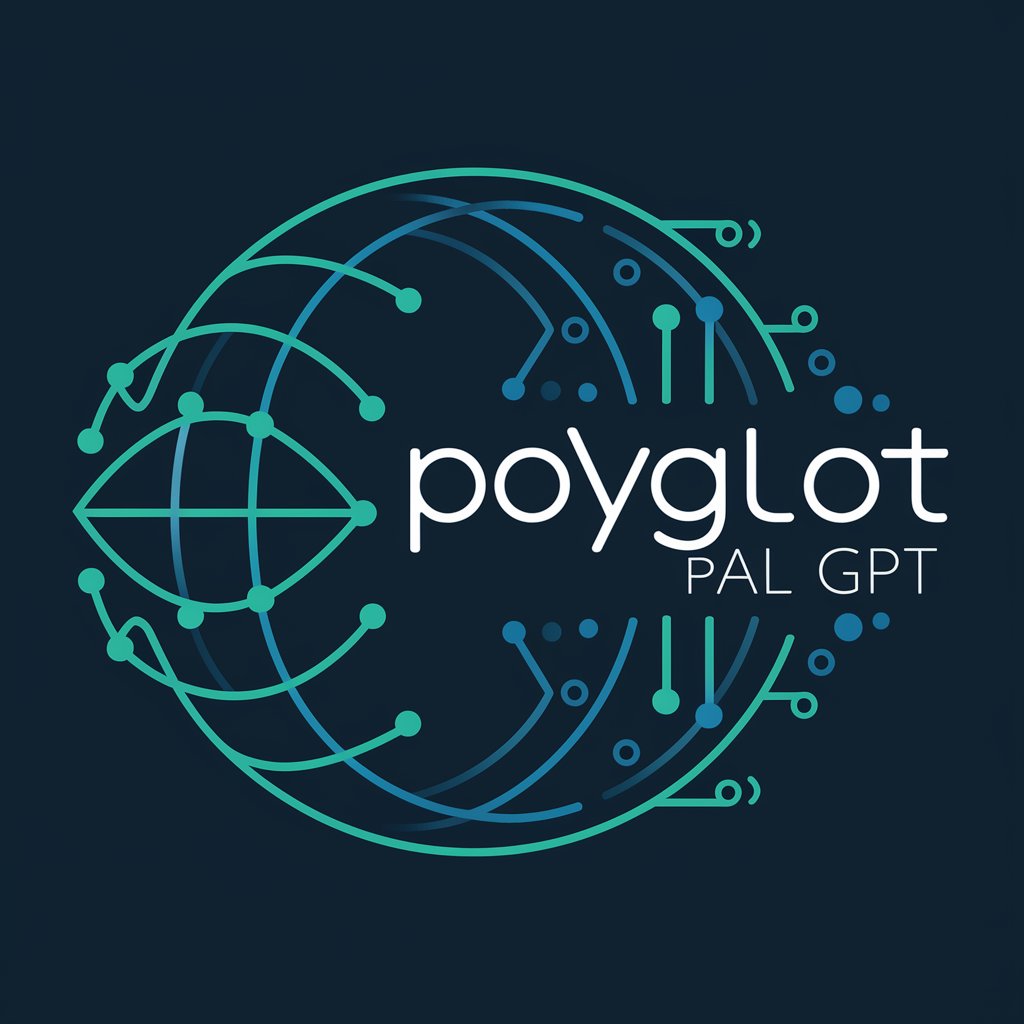
📘✨ Study Buddy Roundtable 🧠💡
Empowering Study Groups with AI
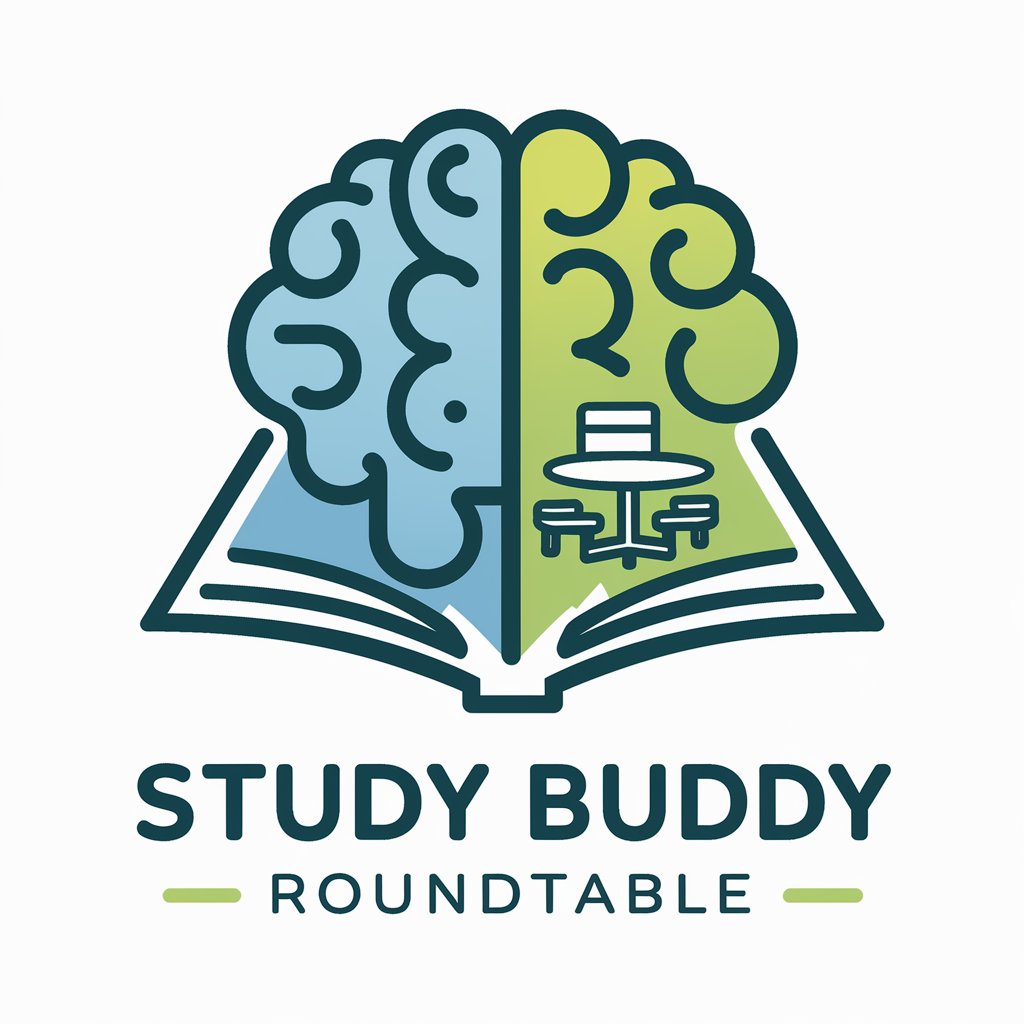
🕰️ Time-Travel Scholar Bot 📜
Explore History with AI-Powered Insights

📚✍️ LitWise Scholar Pro 🧐🎓
Empower Your Literature Journey with AI

🌍 GeoWhiz Quiz Champ 🏆
Explore the world with AI-powered quizzes
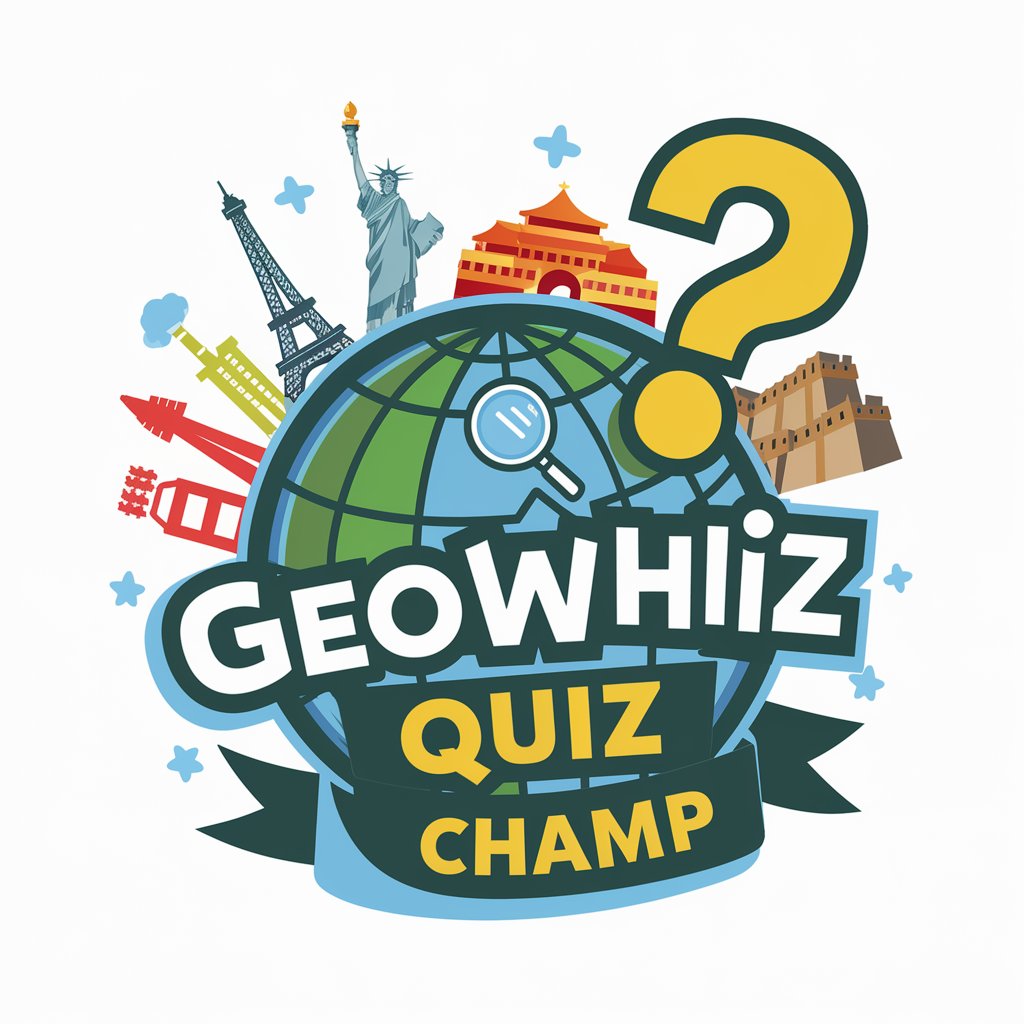
🎨📜 Renaissance Art Connoisseur 🖼️👨🎨
Discovering Renaissance Art Through AI

FAQs on Science Lab Assistant GPT
What kind of experiments can Science Lab Assistant GPT help with?
The tool assists with a wide range of experiments, from basic chemistry mixtures to complex physics demonstrations, explaining each step and the underlying scientific principles.
How does the image generation feature work?
Provide a description of your experimental setup, and the AI generates a visual representation to help with assembly or conceptual understanding.
Can this GPT help with academic research?
Yes, it offers explanations of scientific concepts, data analysis support, and can guide you through experimental designs, making it a valuable tool for academic research.
Is there a limit to the number of questions I can ask?
While the tool is designed for comprehensive support, usage may be subject to the terms of the free trial or subscription model at yeschat.ai.
How can I ensure my experiments are safe?
Always review the safety guidelines provided by the GPT before starting any experiment, and ensure you have the necessary safety equipment.
